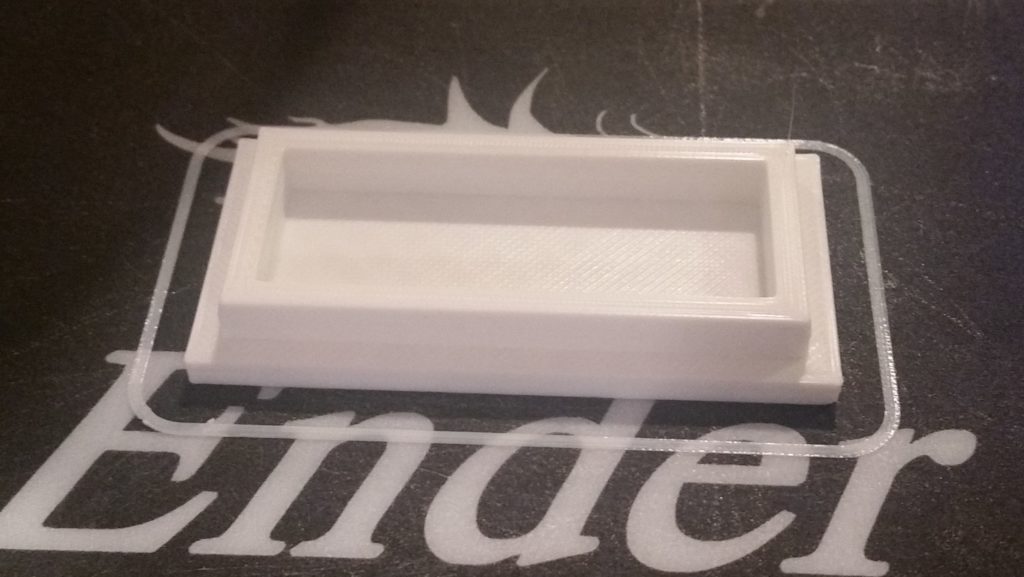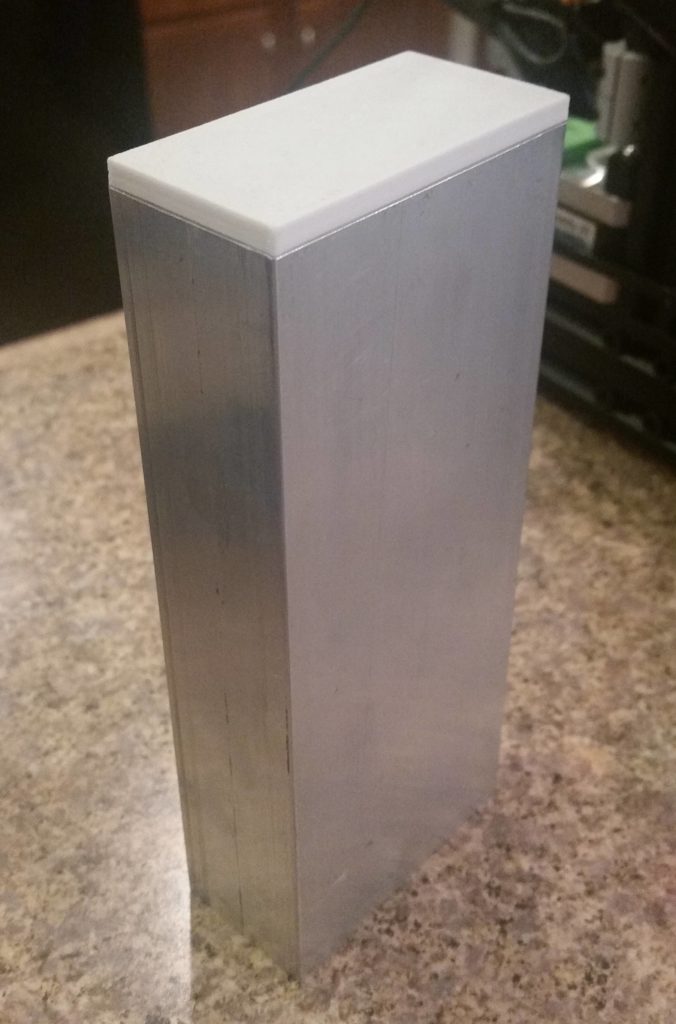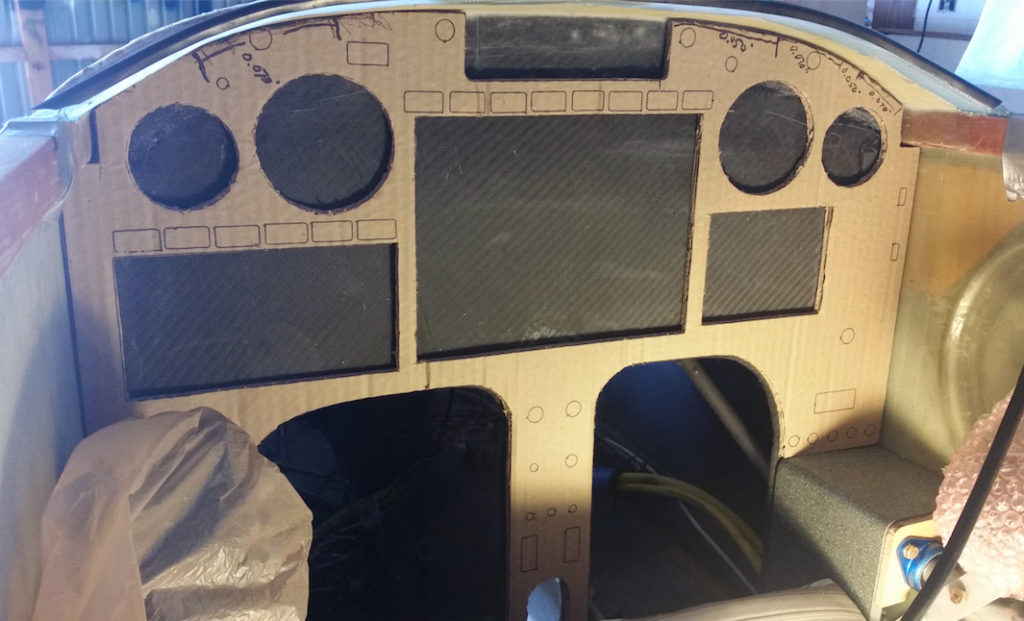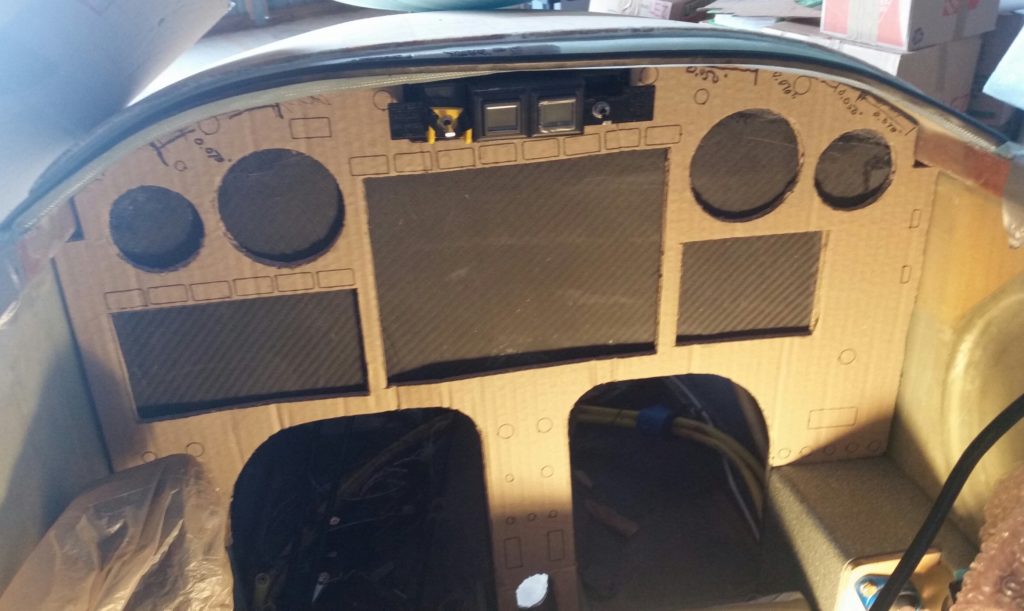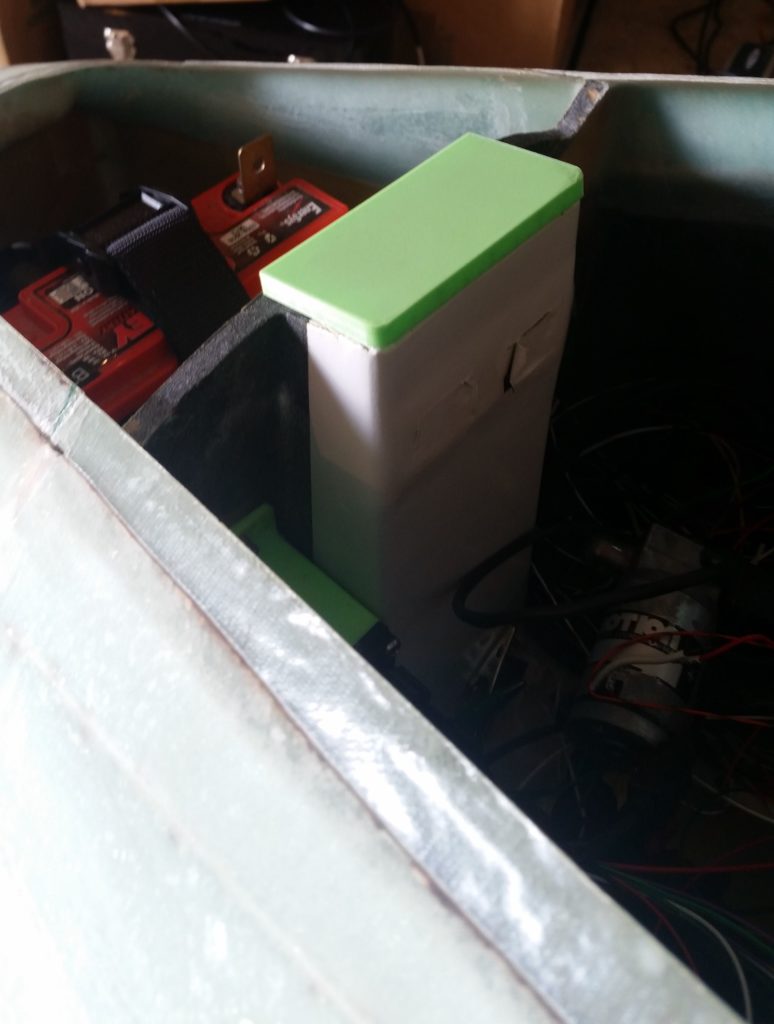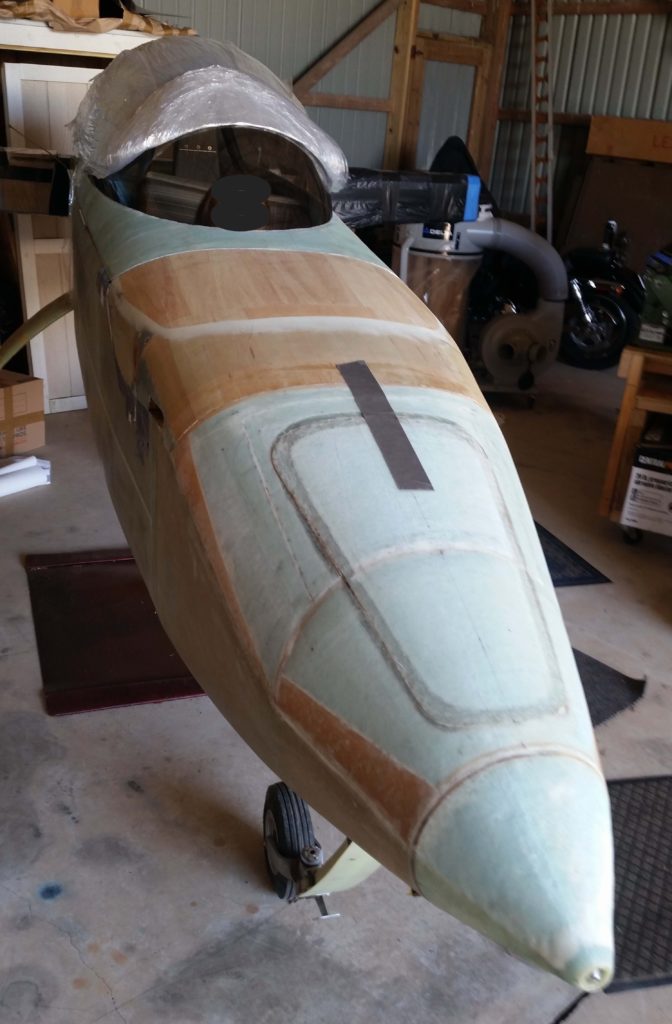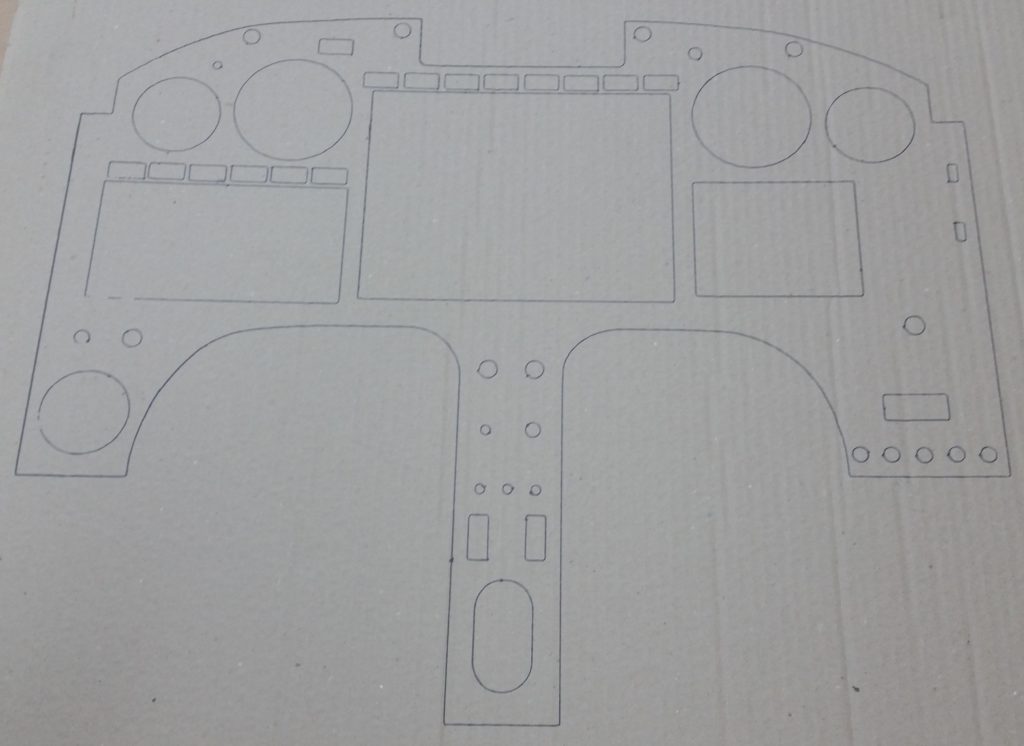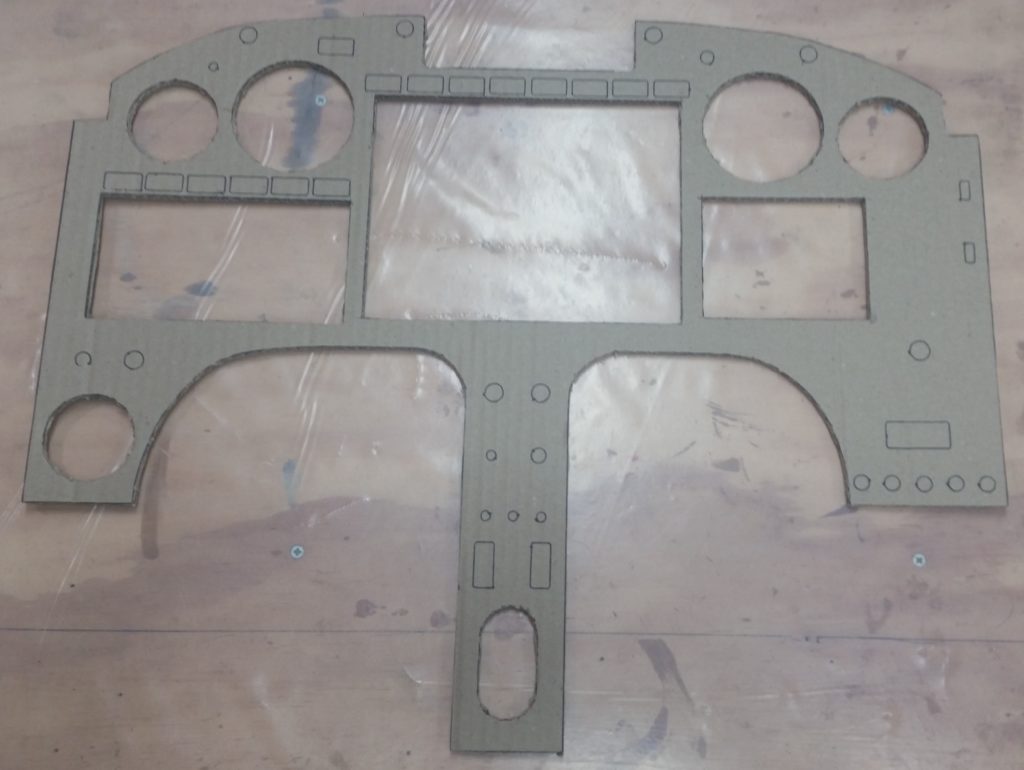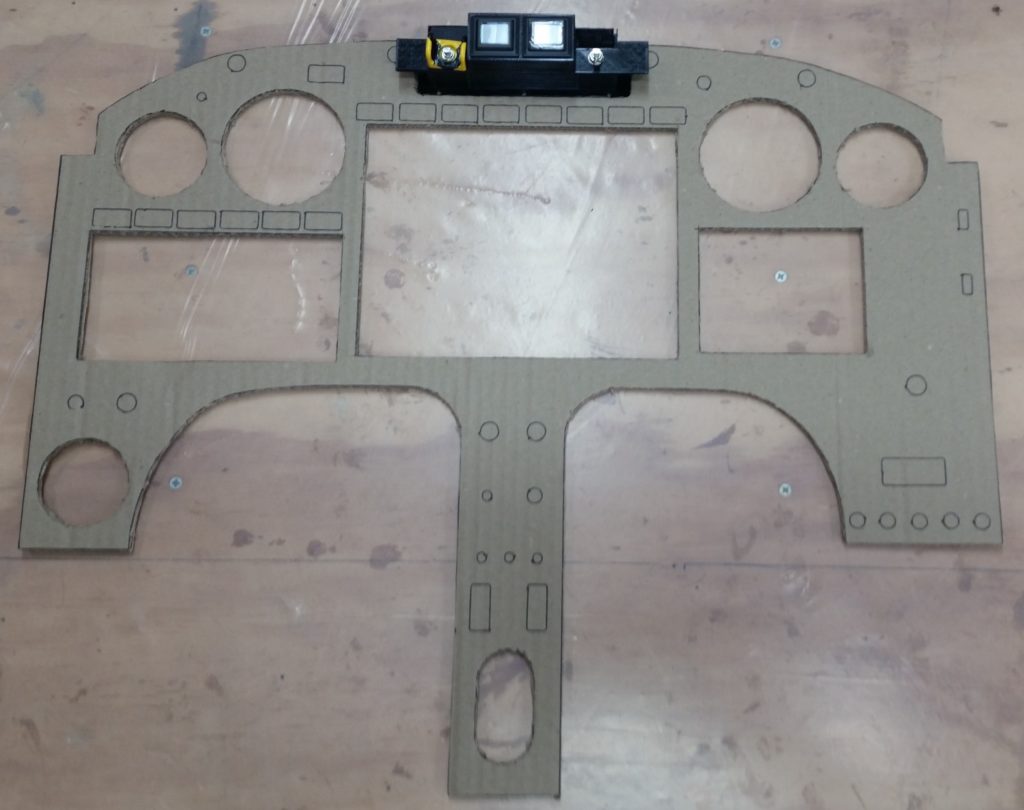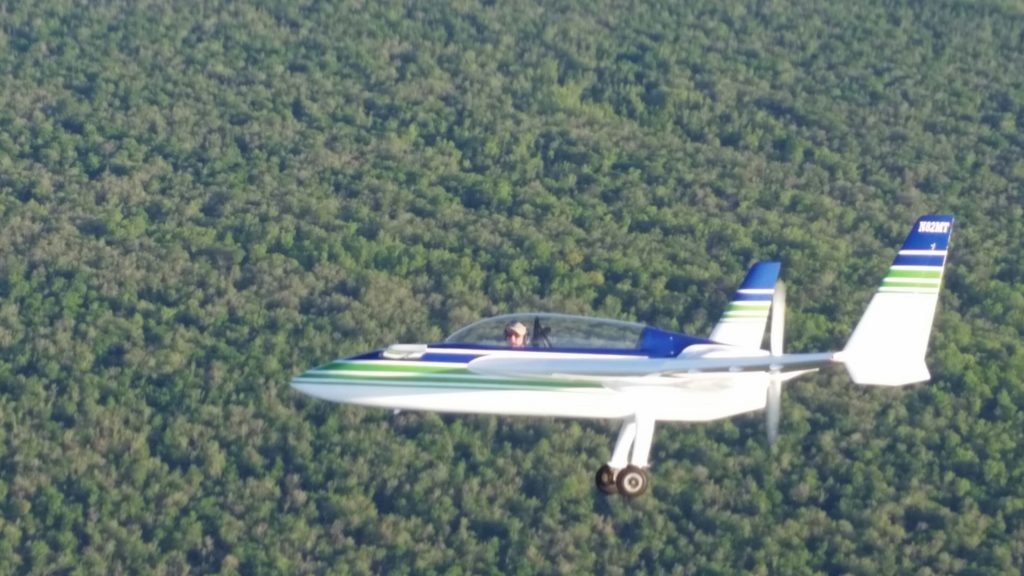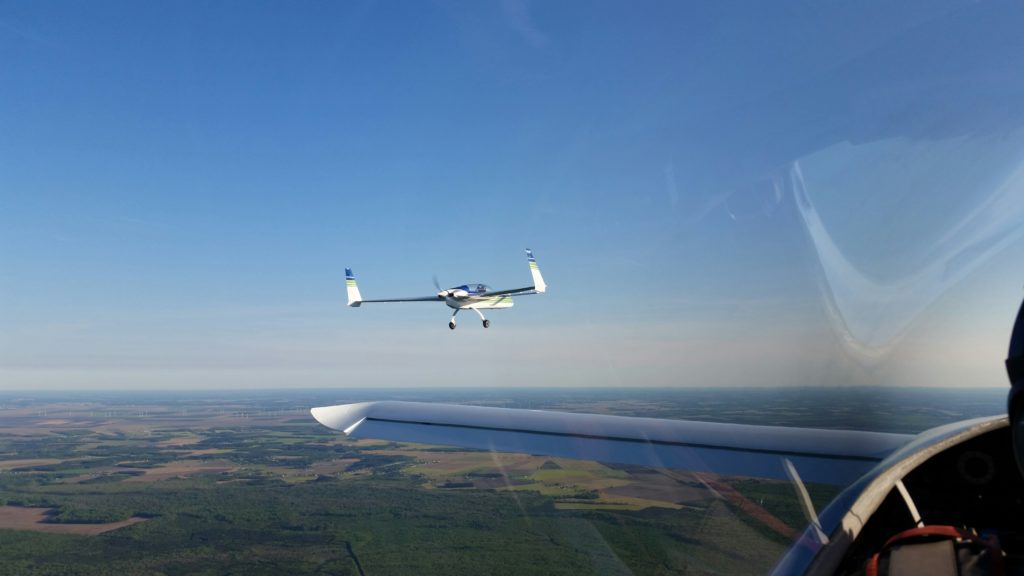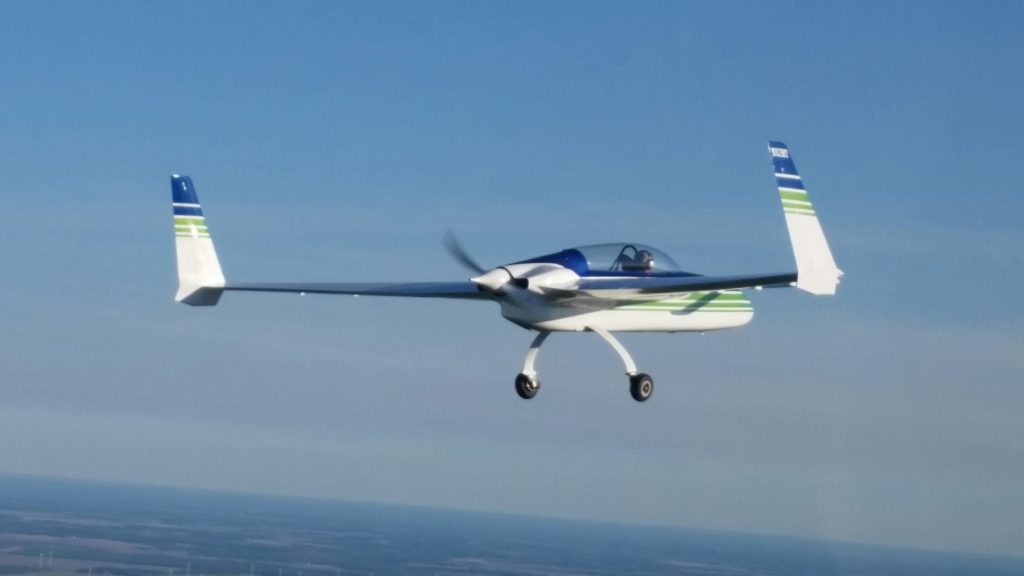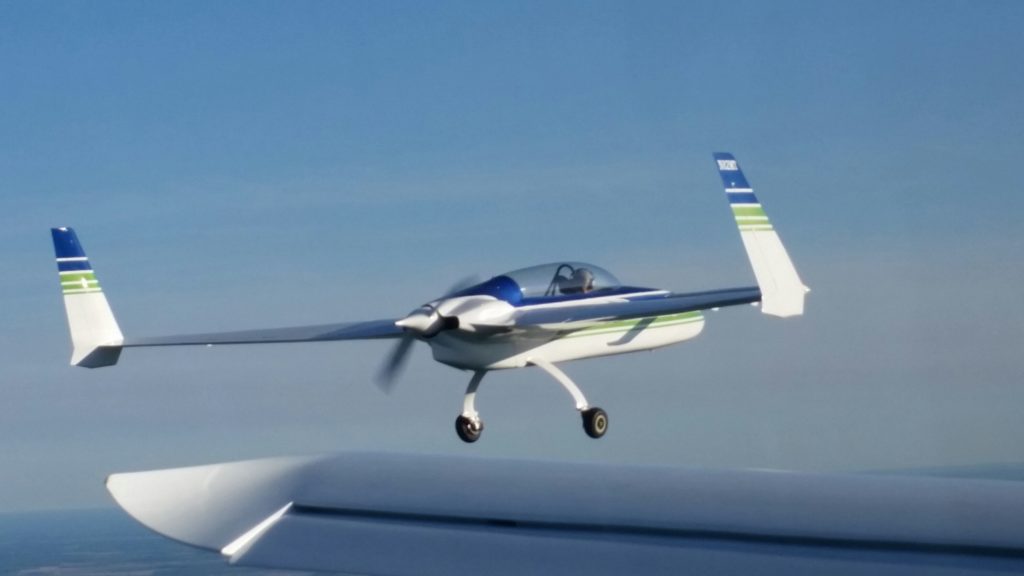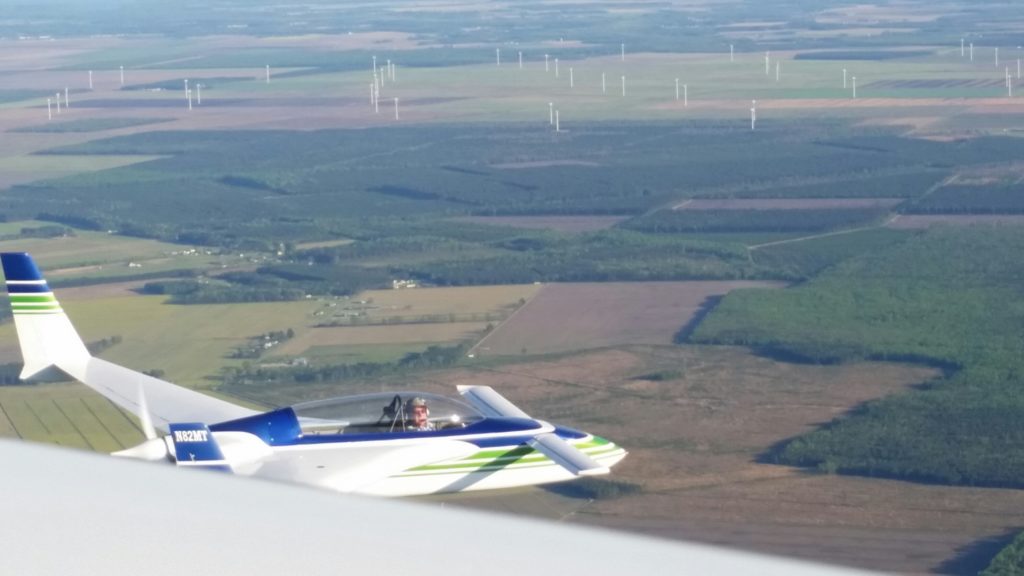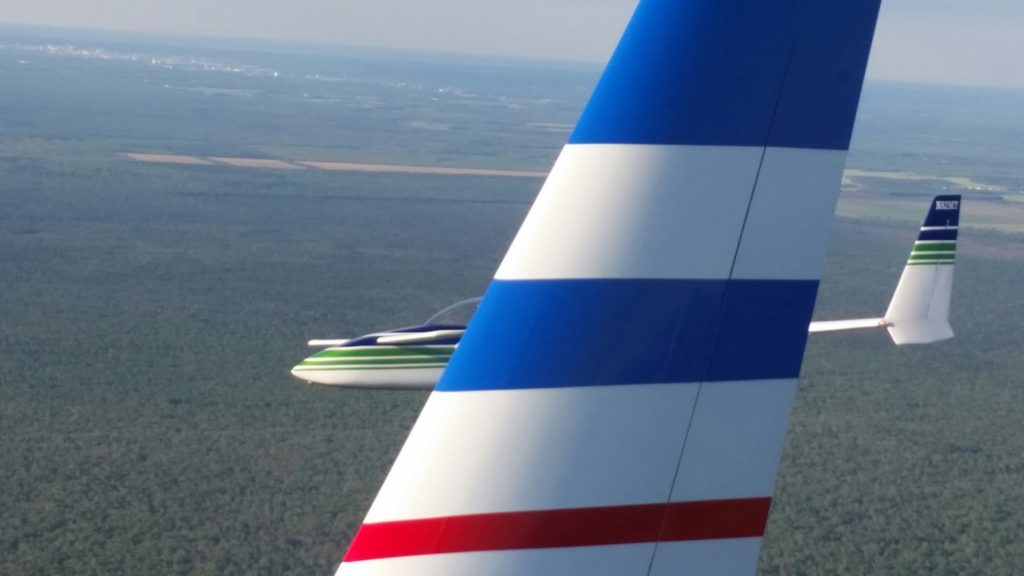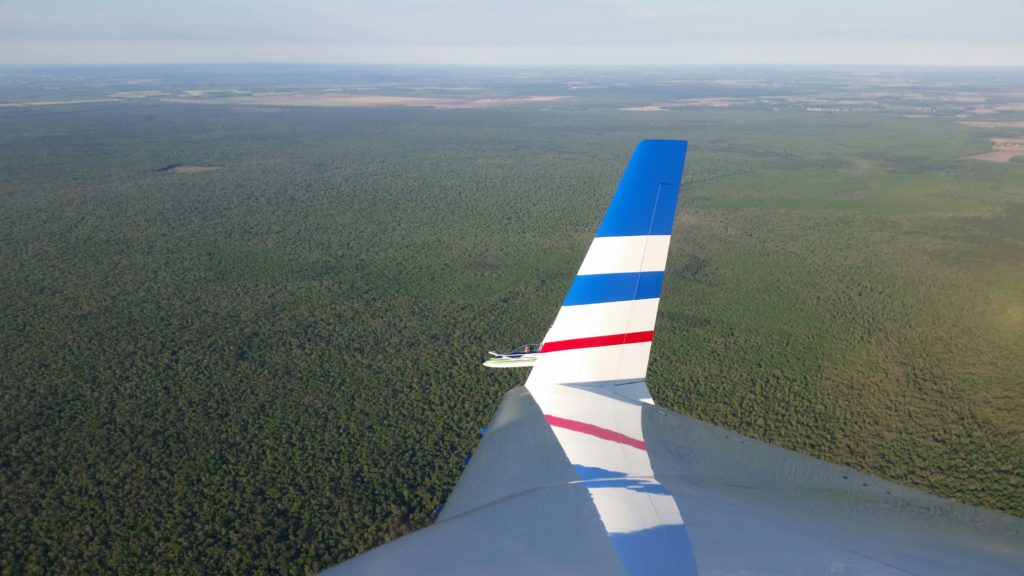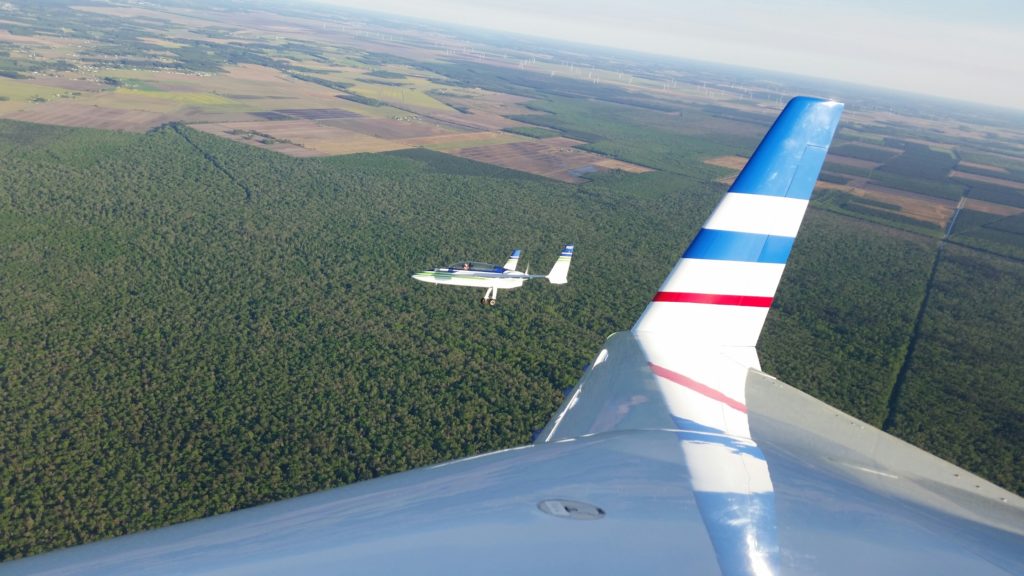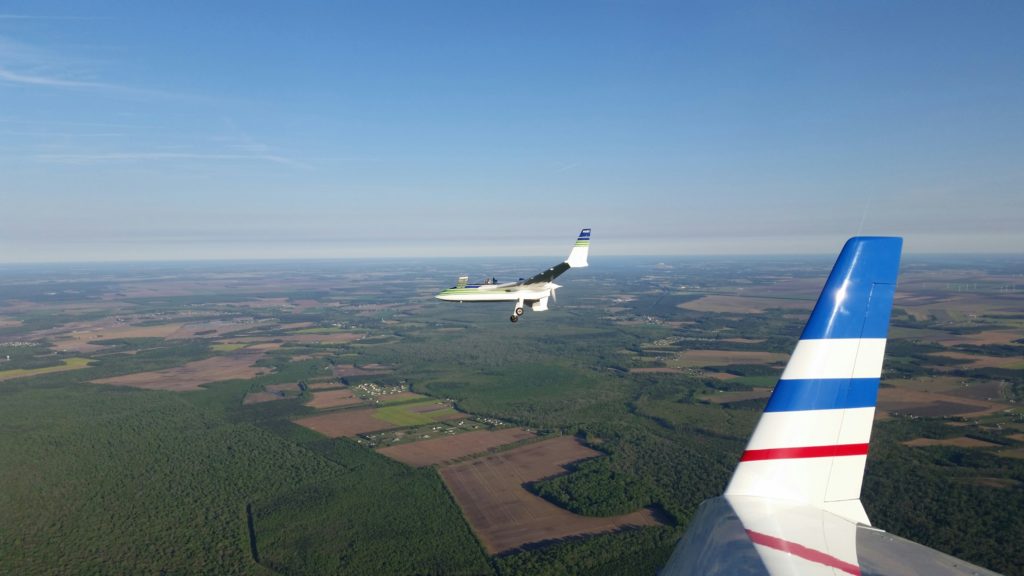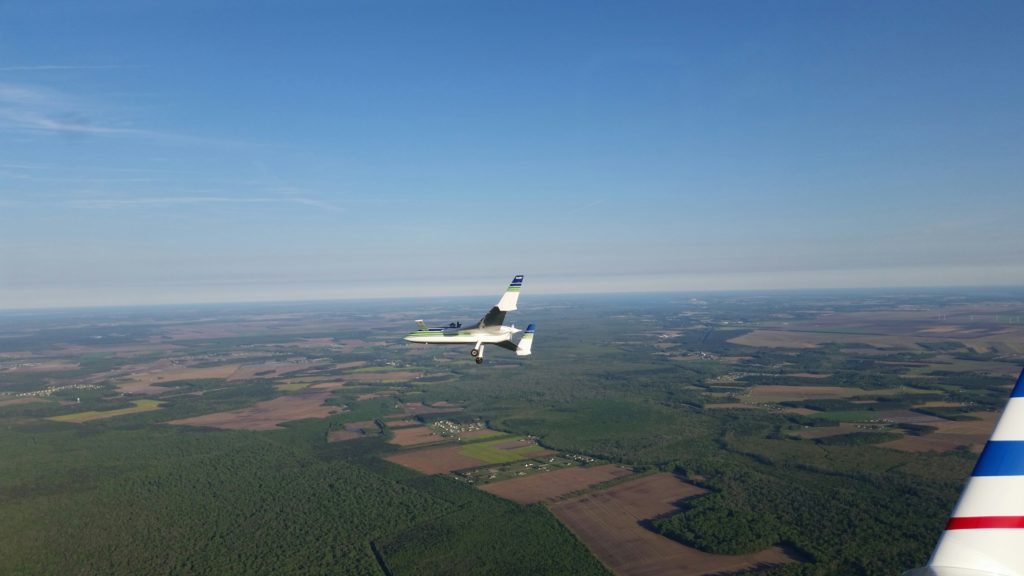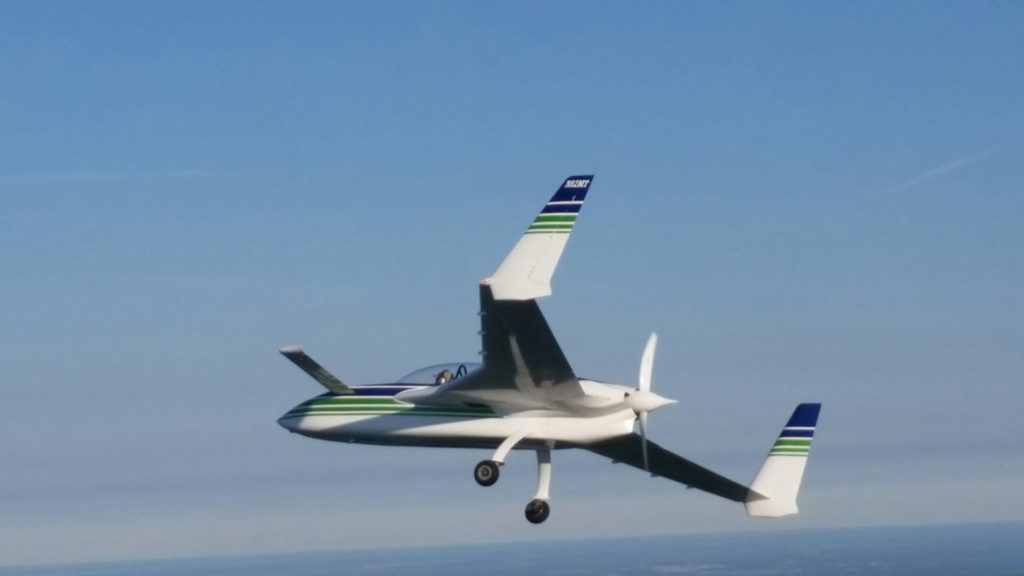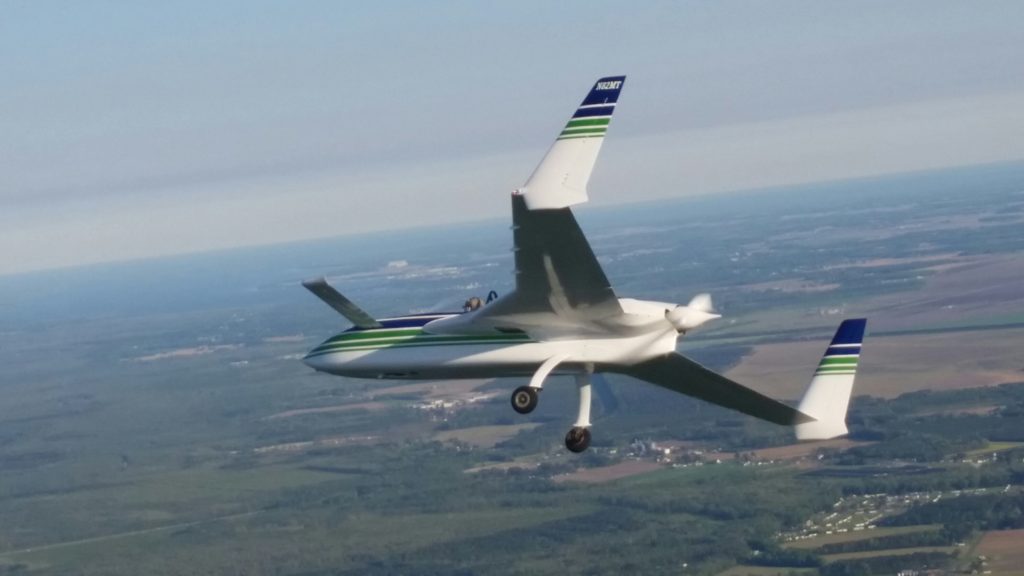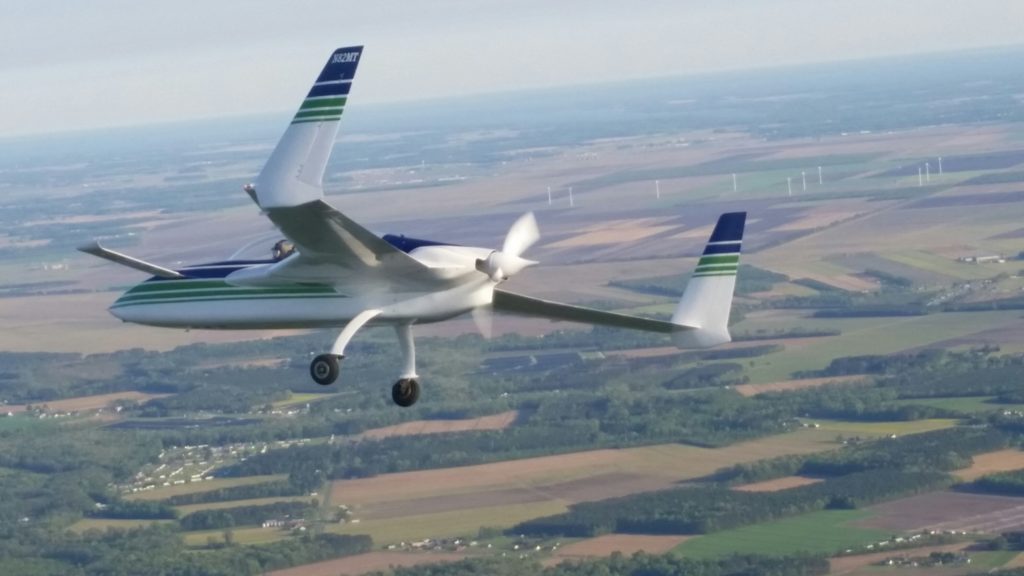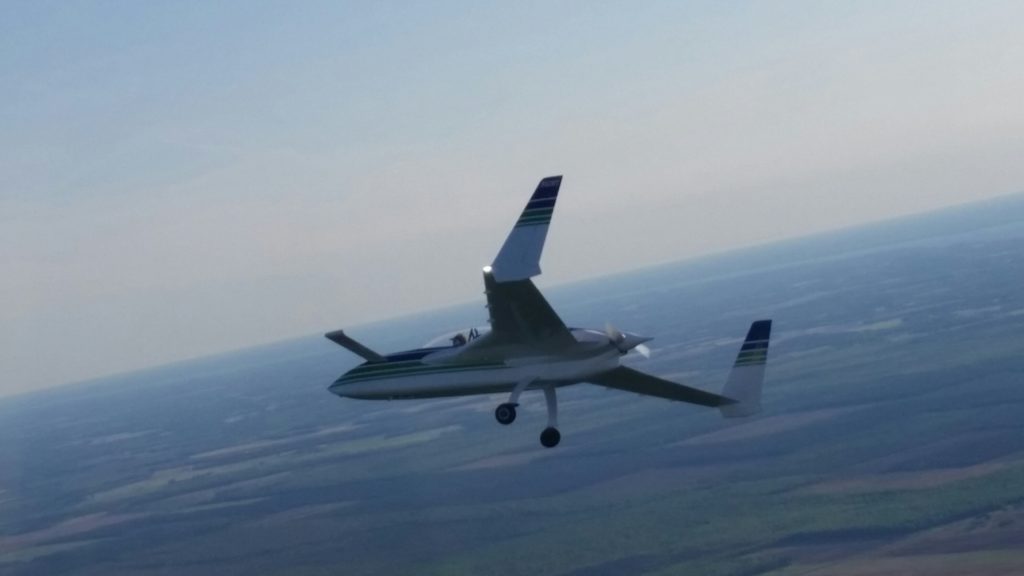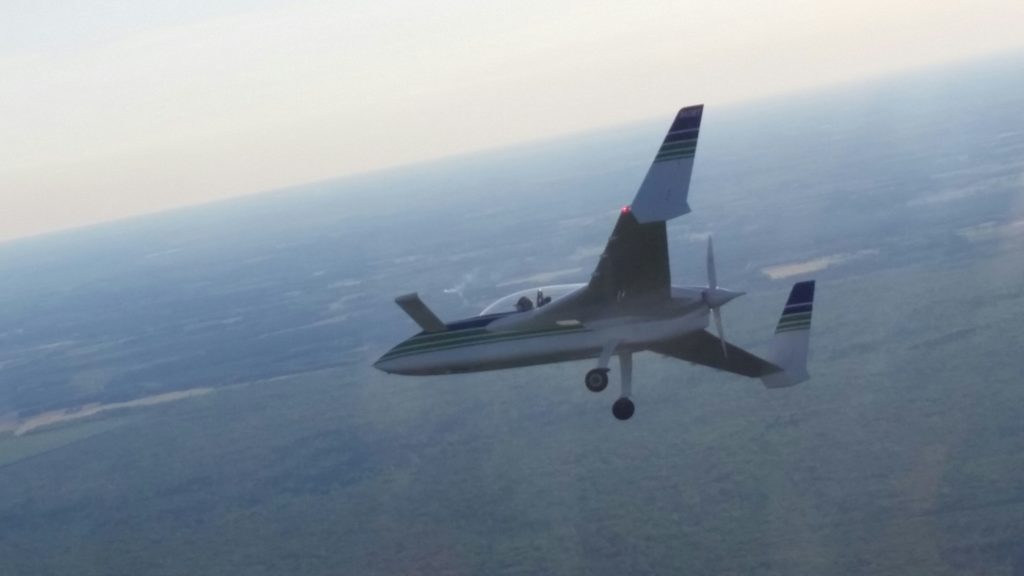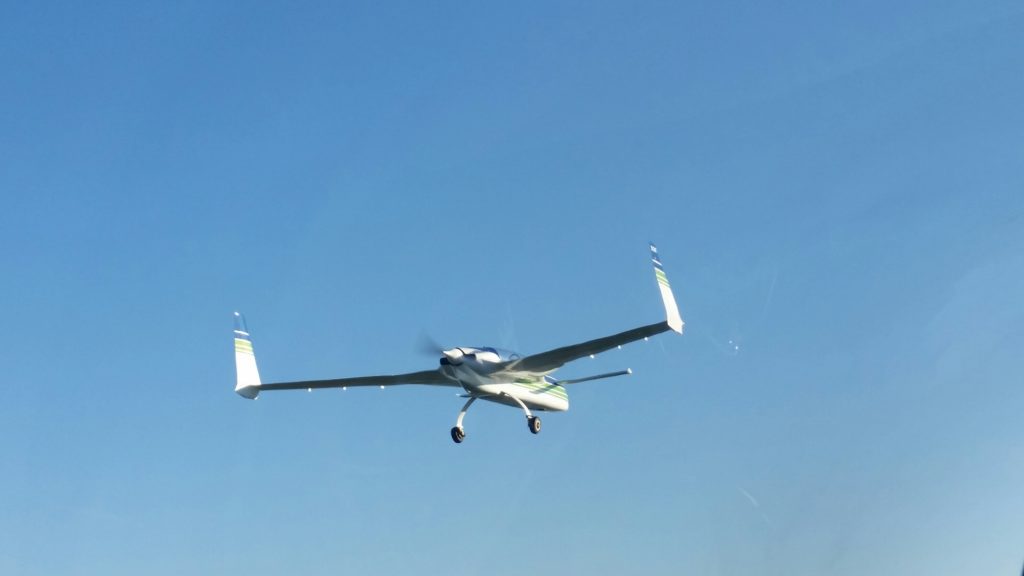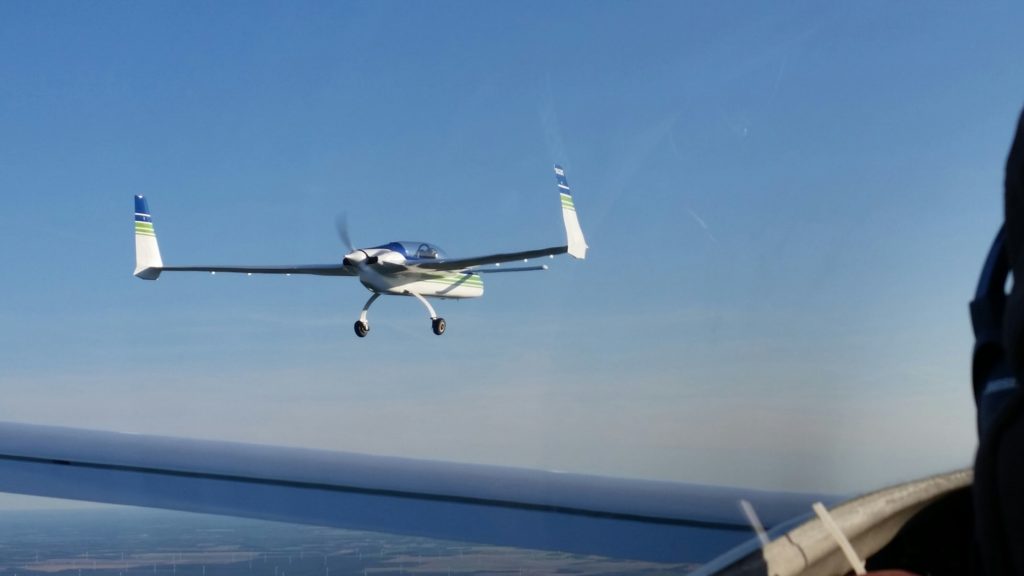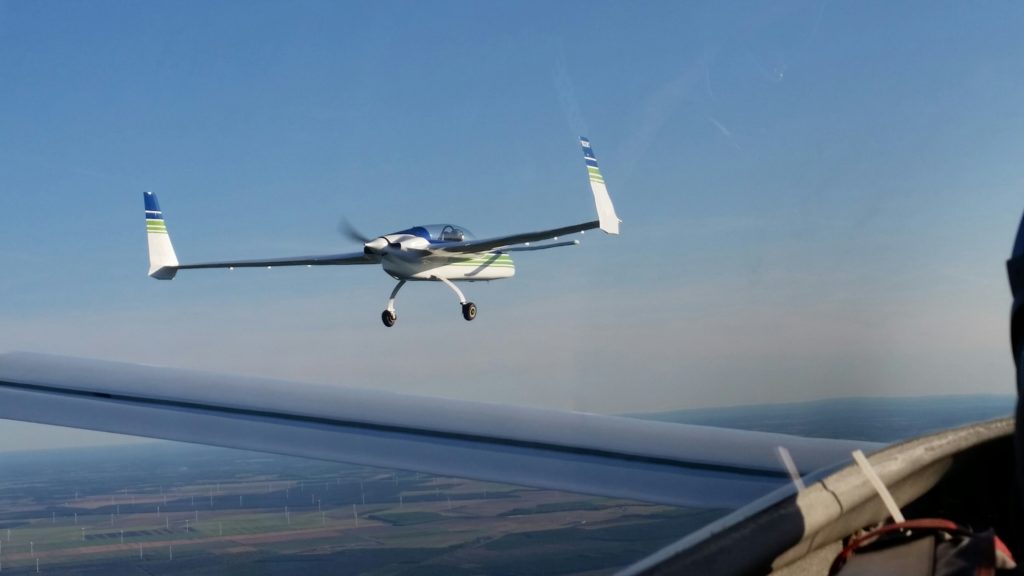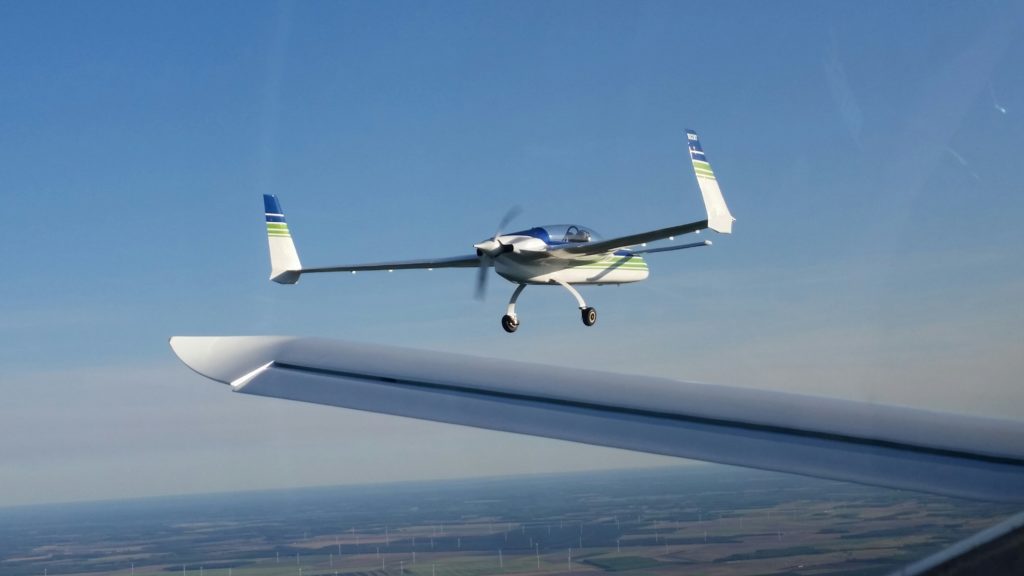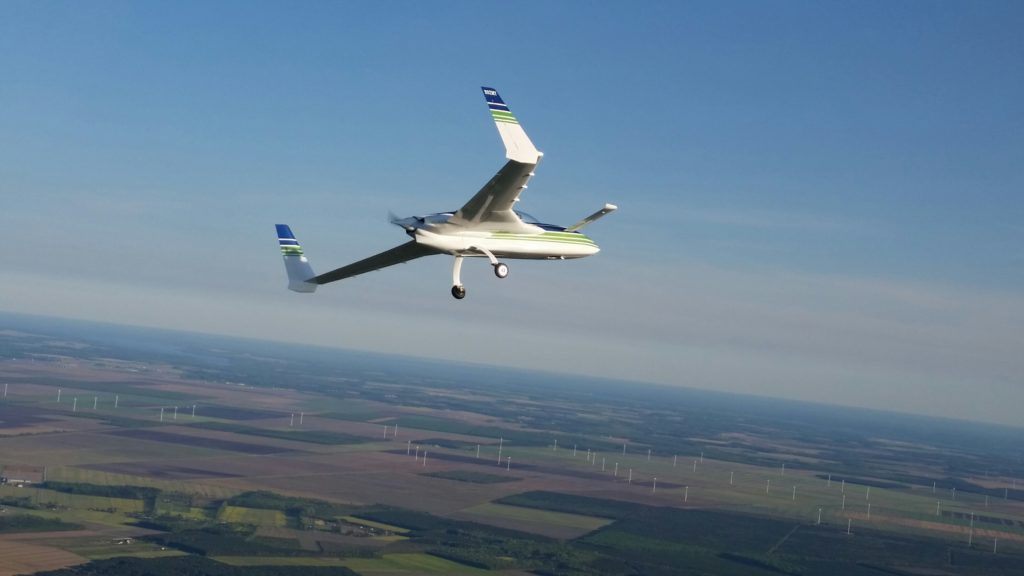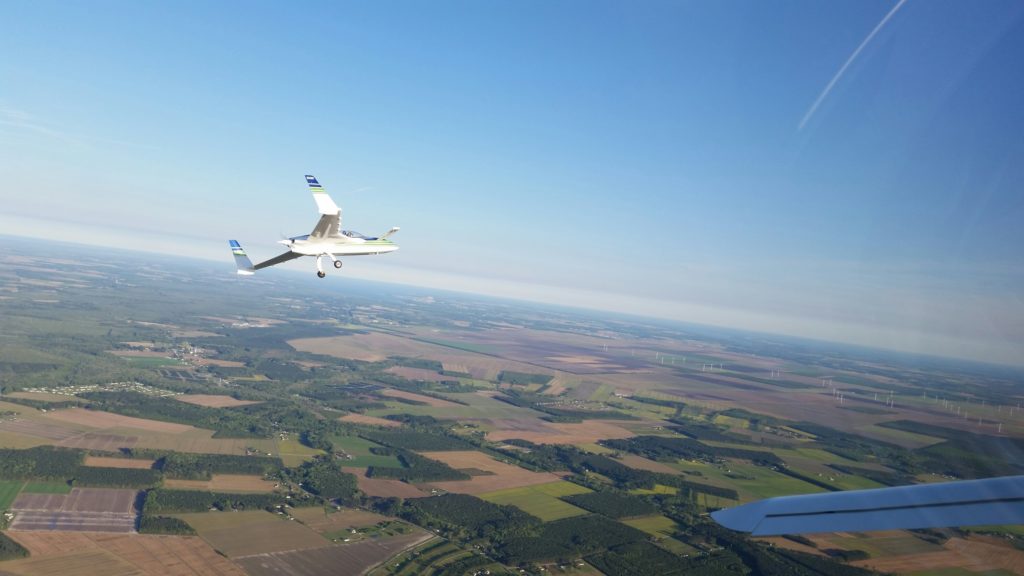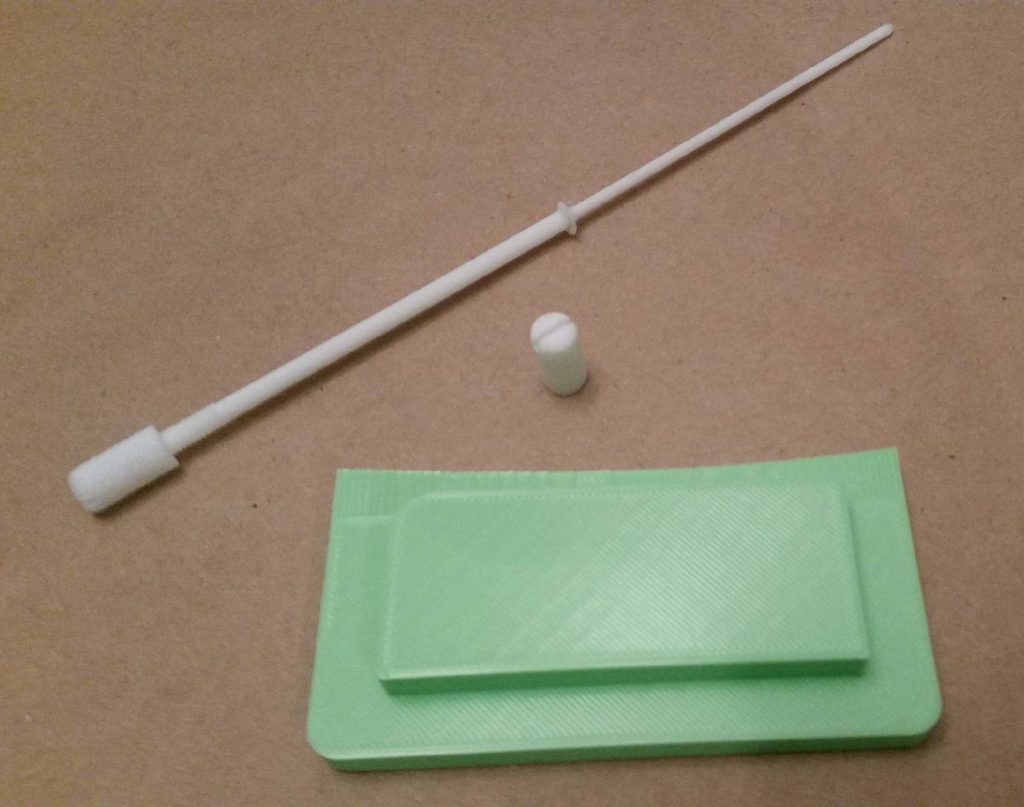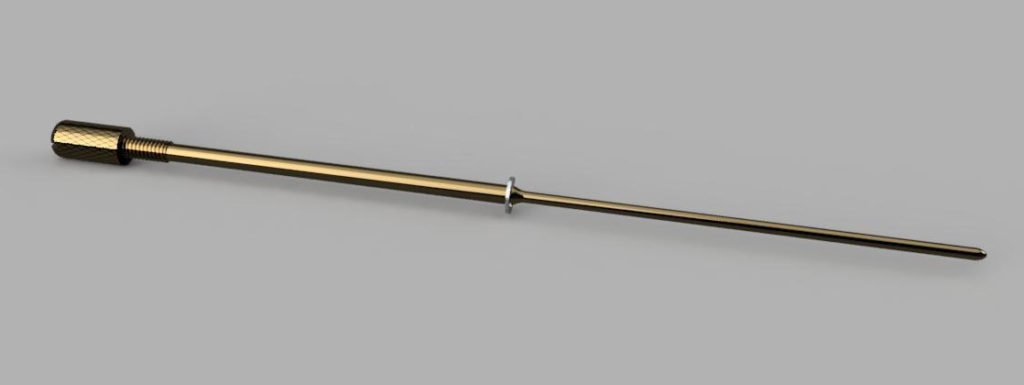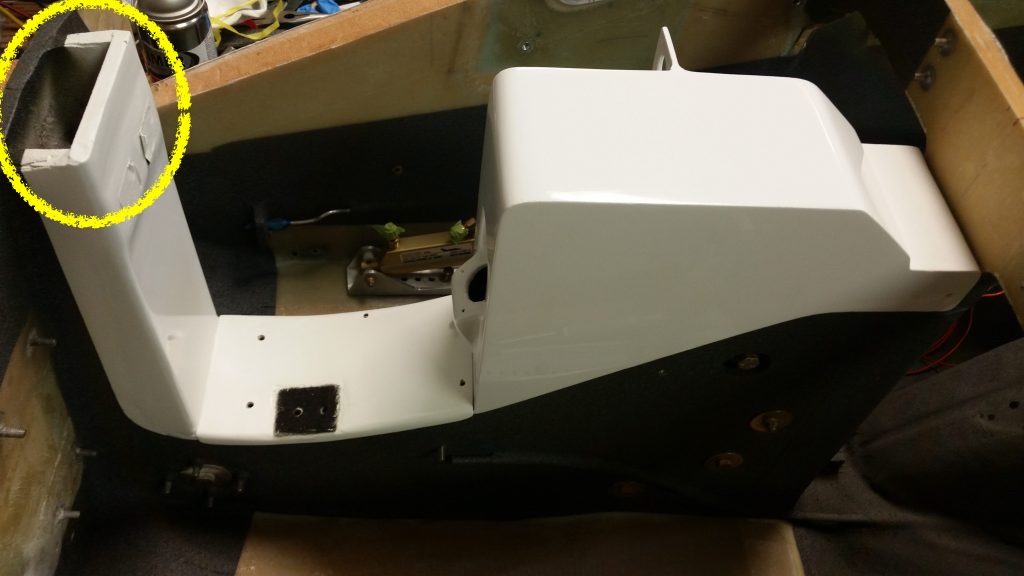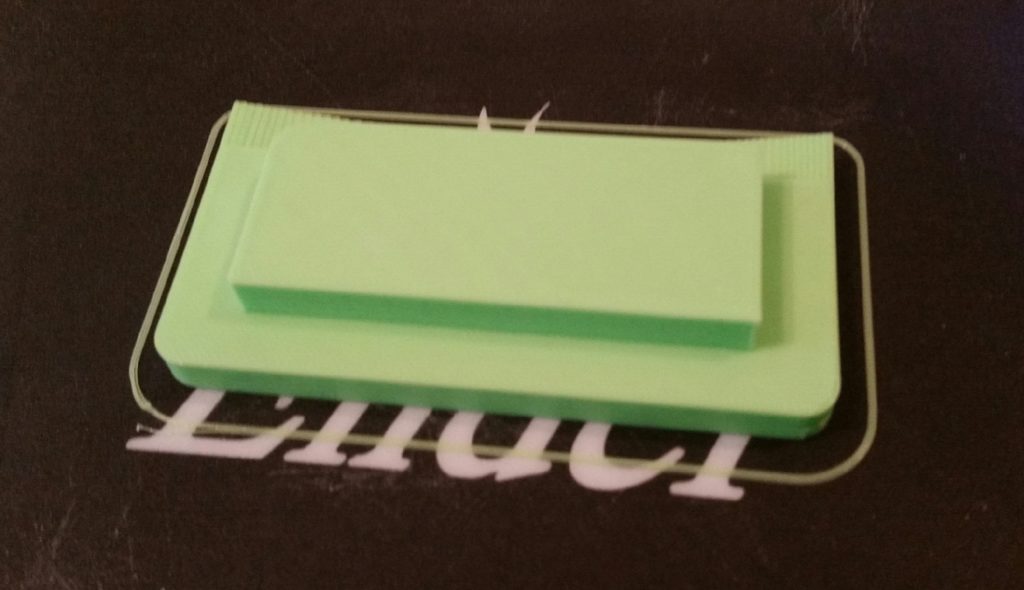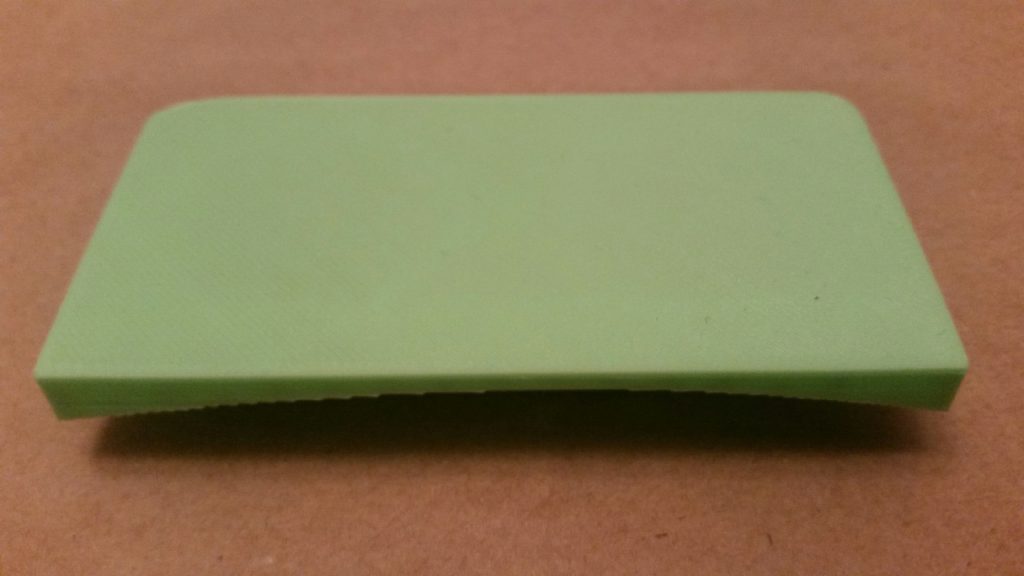As I mentioned in the last post, I wanted to get my 3D printer (“Bob”) back to work. I really like the idea that while I’m working on the house getting it ready to sell, I can have Bob hard at work concurrently making stuff for the plane build, machining CNC conversions or just for fun.
To get some airplane production rolling [albeit mostly cosmetic], I decided to spend an estimated 45 minutes updating the Fusion 360 CAD file for my NG-30 upright/Napster bulkhead cap, the initial version (green) shown mounted in place below during my last trip to the hangar.
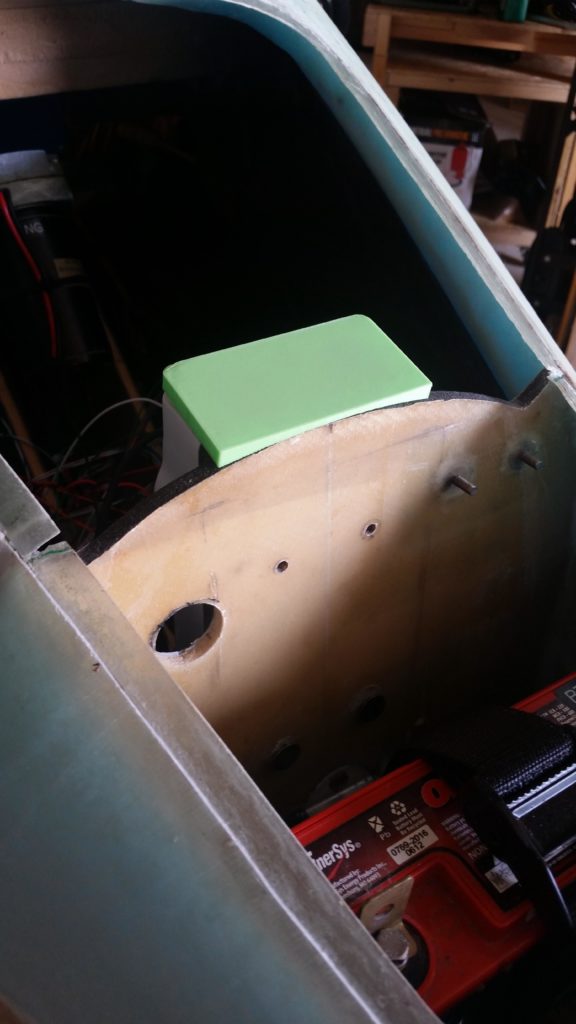
I of course planned on there needing to be multiple revisionary updates for this top cap since there a number of angles and a major curve involved.
And not surprisingly, my 45 minutes turned into almost 2 hours . . . oh, well!
Nonetheless, I persevered and was rewarded with a hard fought version 2 of the NG-30 upright/Napster bulkhead top cap.
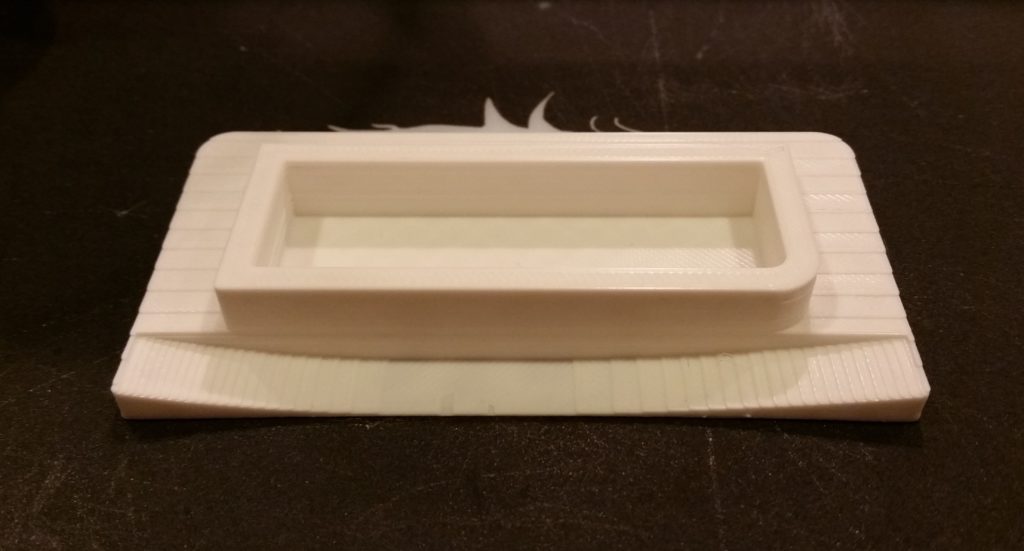
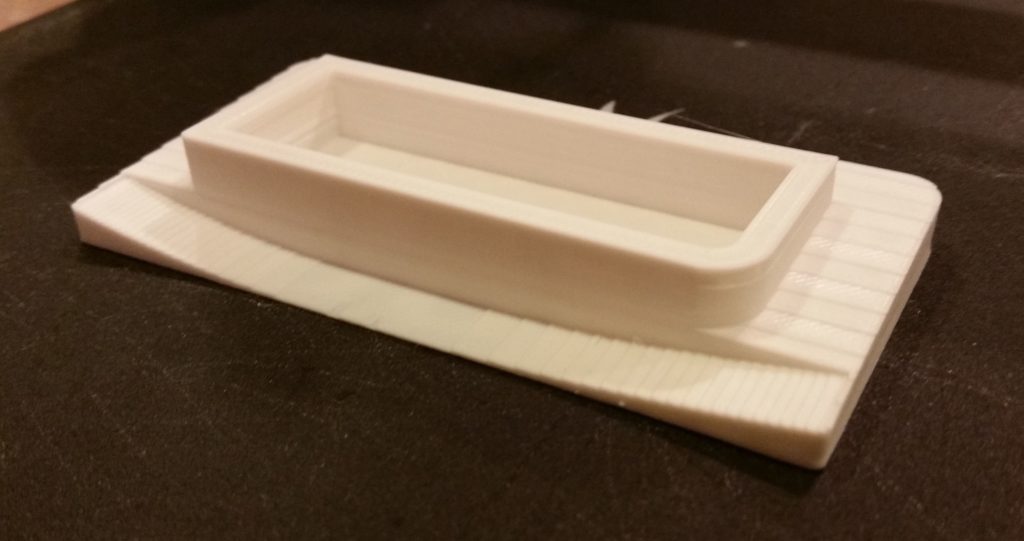
If you compared the 2 versions, you’d see that I did in fact drop the overall height of this top cap down 0.15″ to provide some required clearance with the nose hatch cover.
I did about 5 other tweaks, including bringing the front corners forward about 0.020″ while leaving the center at the same dimension. This then requires the major upside “U” curve already in place, and then another very minor, shallow curve from the top looking down from each corner aft 0.020″ to the original center plane on the front edge.
I also dropped the back edge down 0.100″ while leaving the front edge the same height. This required an angle on each side… you can see the rough steps –from the draft quality 3D print– of the resulting side angles in the pics above.
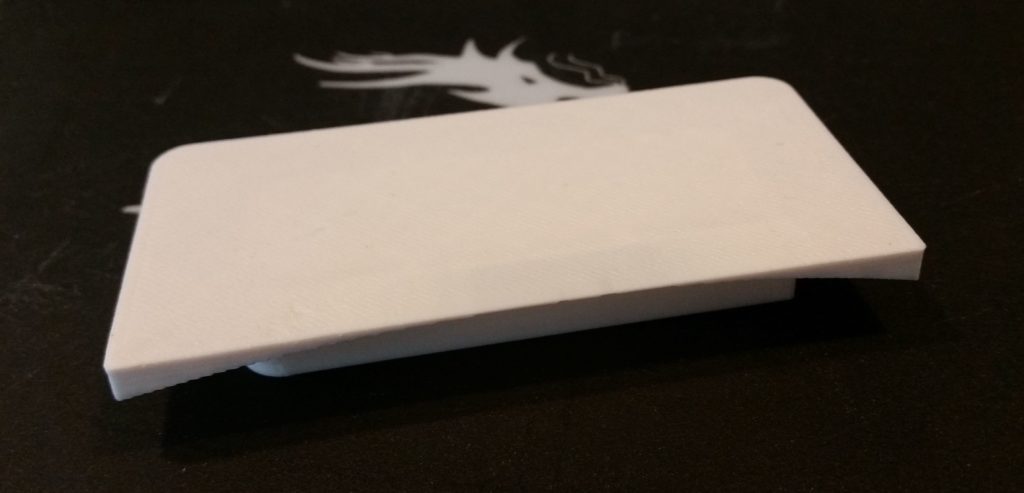
It will be interested to see how this version fits, and much like the instrument panel I suspect just another round or two of tweaks and it should be dialed in to its final configuration.

